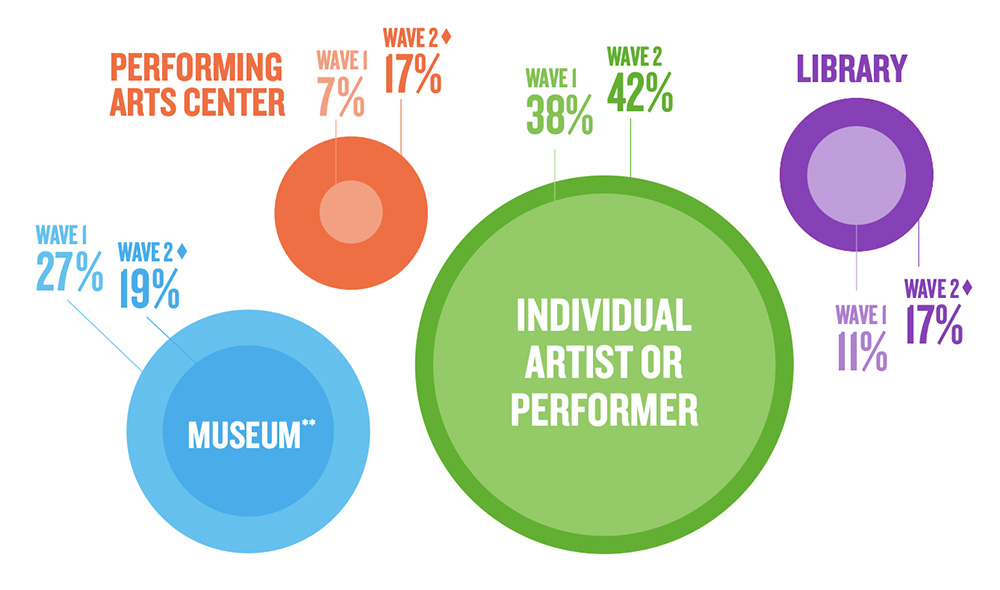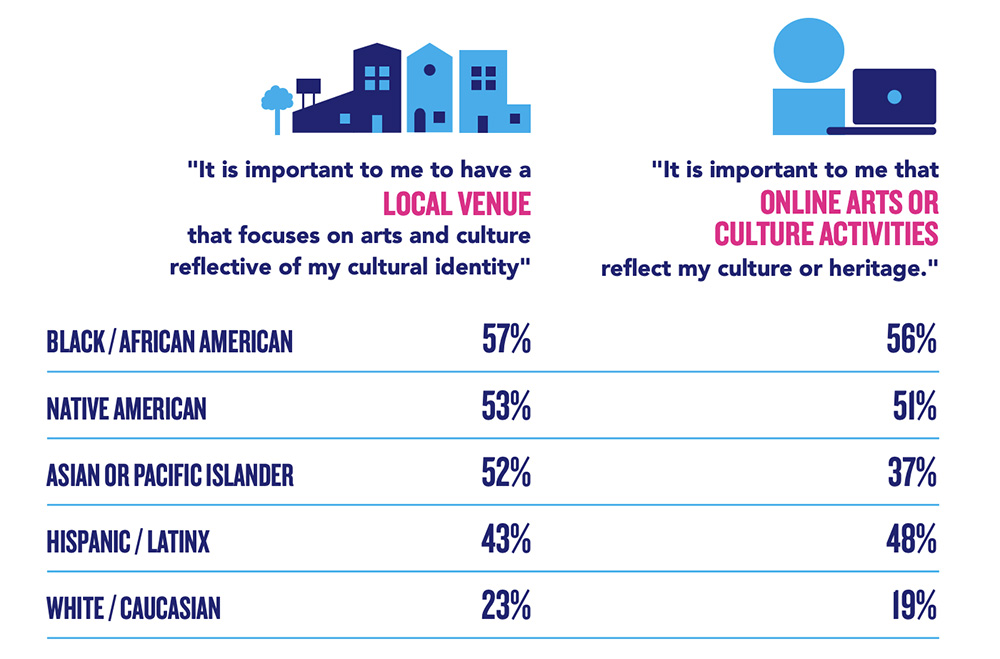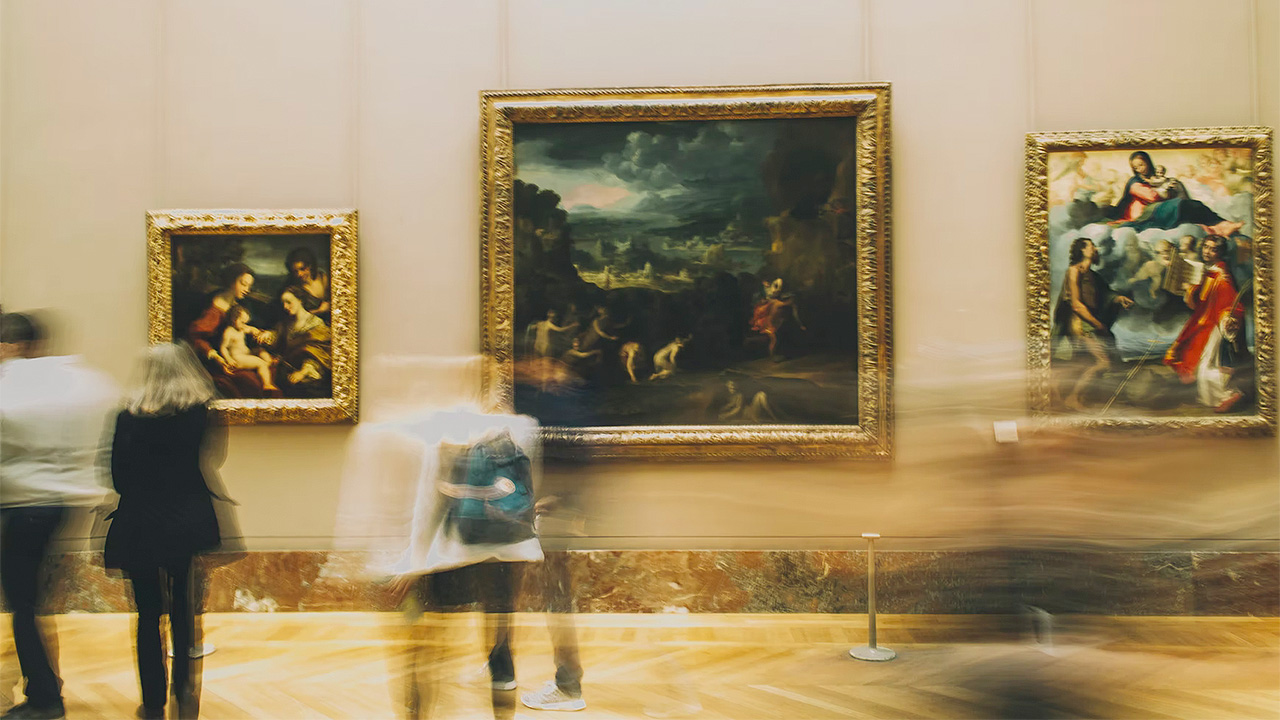Early in 2020, cultural innovation platform Culture Track commenced a research initiative to investigate the pandemic’s effects on America’s arts and museum sectors, and in turn, audience attitudes toward cultural participation. The result was Culture + Community in a Time of Crisis, a large-scale survey that saw, among other findings, more than half of respondents reporting their desire for cultural organizations to be more “relevant” post-pandemic.
More than a year on, following digital pivots, reopenings, and a social reckoning, Culture Track is presenting Culture + Community in a Time of Transformation, the study’s second wave with an expanded sample of 78,000 individuals and 532 organizations, including smaller cultural organizations, BIPOC-serving institutions, performing arts festivals, libraries, and city parks. The survey was undertaken in collaboration with Slover Linett Audience Research.
The aim of Culture Track’s second wave of research? To better understand how the arts and cultural sectors in the US can emerge from the pandemic more responsive to audience’s needs and inclusive in the way they support their communities. Below are three key findings from the report.
Digital behaviors

Responses to the question, “Who provided the online arts or culture activities that you did?” saw individual creators representing the most popular content creators. Image: Culture Track
While the majority of audience respondents noted that they expect to lead toward in-person cultural engagement, 26 percent report being “digitally agnostic” or preferring digital if or when the content is of interest — signaling an audience ripe for cultivation. And just what kind of content is appealing? According to the Culture Track study, artist livestreams, podcasts, and online classes were some of the most popular virtual activities, with individual artists and museums being leading content providers.
Additionally, 68 percent of respondents believe that digital cultural activities should be free, though for those who did pay for content, most did so due to reasonable prices or for particularly engaging events.
IRL engagement

Culture Track’s second study sees a growing eagerness among audiences to resume in-person cultural events, with particular increases recorded for theater and concert-going activities. Image: Culture Track
More than 18 months into the pandemic, cultural appetites for onsite culture and entertainment have not waned. While the first wave of Culture Track’s survey saw 29 percent of respondents yearning for in-person concerts, wave two sees 46 percent missing that same activity. Similarly, 30 percent of participants now hope to visit a museum in-person, compared to the 24 percent in the study’s first wave.
For visitors engaging in IRL activities, health and safety precautions remain top considerations. Over half of respondents stated that enforced mask-wearing would encourage them to participate in local in-person cultural activities, with reduced capacity (55 percent) and well-managed social distancing (52 percent) being additional factors.
Culture within communities

The survey’s BIPOC respondents reported that they value cultural experiences that reflect their heritage, illustrating the need for institutions to embrace diverse perspectives. Image: Culture Track
Much like the findings of Culture Track’s first study, 89 percent of respondents in the second survey hope cultural organizations could grow to be more relevant to their communities. More than half of BIPOC respondents further wish for local venues to offer content reflective of their cultural identities. Specifically, of the social issues that participants believed cultural institutions should respond to, 42 percent indicated systematic racial injustice, 31 percent income inequality and climate change, and 28 percent the political divisiveness plaguing the US.
What of the concrete changes audiences want to see in their museums? More than half of respondents highlighted the importance of accessibility (as in affordable ticket prices), followed by support for local artists and being welcoming to all people. Diverse perspectives, fair and equitable staff treatment, and engaging content for young adults were also key hoped-for transformations.



